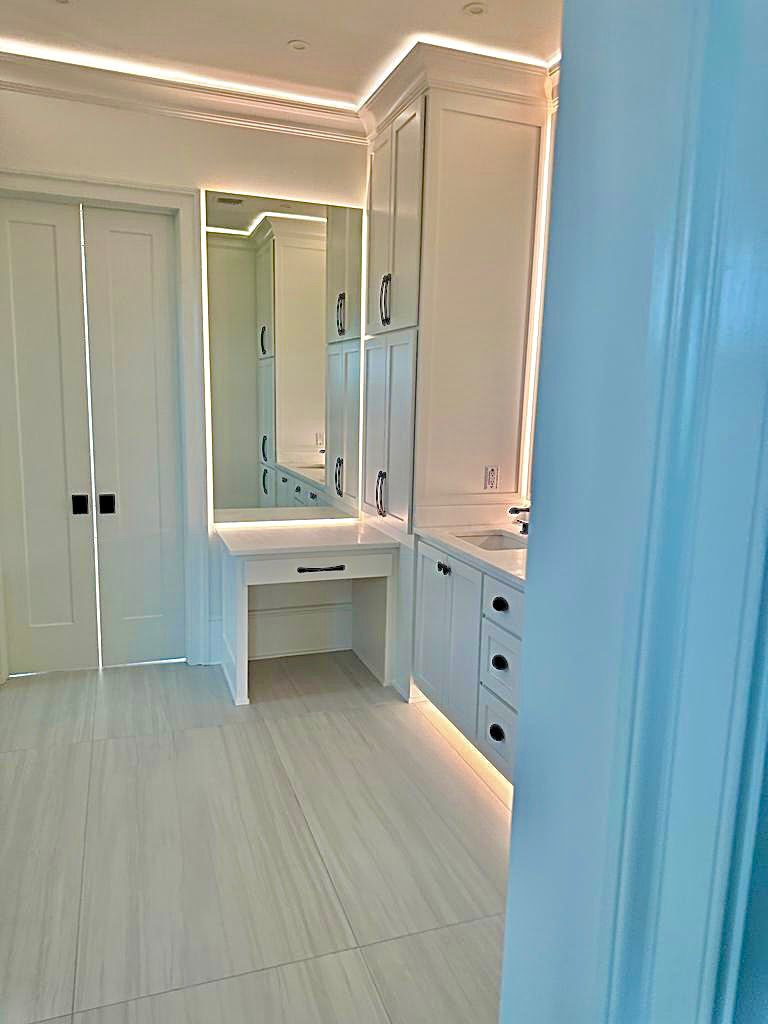
Tiles have been a beloved flooring and wall covering choice for centuries due to their durability, versatility, and aesthetic appeal. Whether you’re considering a full home renovation or a simple upgrade, the installation of tiles can add a touch of elegance to any space. However, before delving into this transformative project, it’s essential to understand the factors that influence the cost of tile installation. In this blog, we’ll explore the various components that contribute to the overall expense, helping you make informed decisions and stay within your budget.
Tile Material
The type of tile you choose significantly impacts the installation cost. There is an extensive range of tiles available, including ceramic, porcelain, natural stone (such as marble, granite, slate), and glass. Each material comes with its unique characteristics and price points. For instance, ceramic and porcelain tiles are generally more affordable, while natural stone tiles can be more expensive due to their rarity and complexity in handling.
Tile Size and Complexity
The size and shape of the tiles can also affect installation costs. Larger tiles may require more precision and time to install correctly, increasing labor expenses. Additionally, intricate tile patterns or custom designs demand meticulous craftsmanship, which can add to the overall cost.
Area to Be Tiled
The size of the area to be tiled is a primary cost determinant. Larger spaces need more materials, and labor costs may be affected by the time required to complete the installation. Areas with irregular layouts, multiple corners, or obstacles like plumbing fixtures might also incur additional expenses.

Removal of Existing Flooring
If you’re renovating, the removal of the old flooring or wall covering adds to the total cost. The complexity of the removal process, the type of existing material, and the disposal charges all factor into this cost.
Preparation and Subflooring
Proper preparation of the subfloor or wall surface is crucial for a successful tile installation. Any irregularities must be addressed, and the surface must be level to ensure a smooth finish. Subfloor repair, levelling, or installation can add to the overall cost.
Labor Costs
Labor costs constitute a significant portion of the total expense for tile installation. The labor charges can vary based on the region, the complexity of the project, the experience of the installers, and even the time of year. Obtaining multiple quotes from reputable contractors will help you get a better understanding of the labor expenses.
Additional Services
Sometimes, additional services may be necessary, such as sealing the grout lines, applying waterproofing membranes, or adding decorative borders or accents. These extra services will increase the total cost but may also enhance the longevity and beauty of the tile installation.
Conclusion
Tile installation is a worthwhile investment that can elevate the aesthetics and value of your home. Understanding the various factors that contribute to the cost of tile installation will help you budget more effectively and make informed decisions during the project. Remember to choose the tile material wisely, consider the complexity of the design, and obtain multiple quotes from experienced contractors. With careful planning and attention to detail, your tile installation endeavor is sure to result in a stunning and long-lasting transformation of your living spaces.
